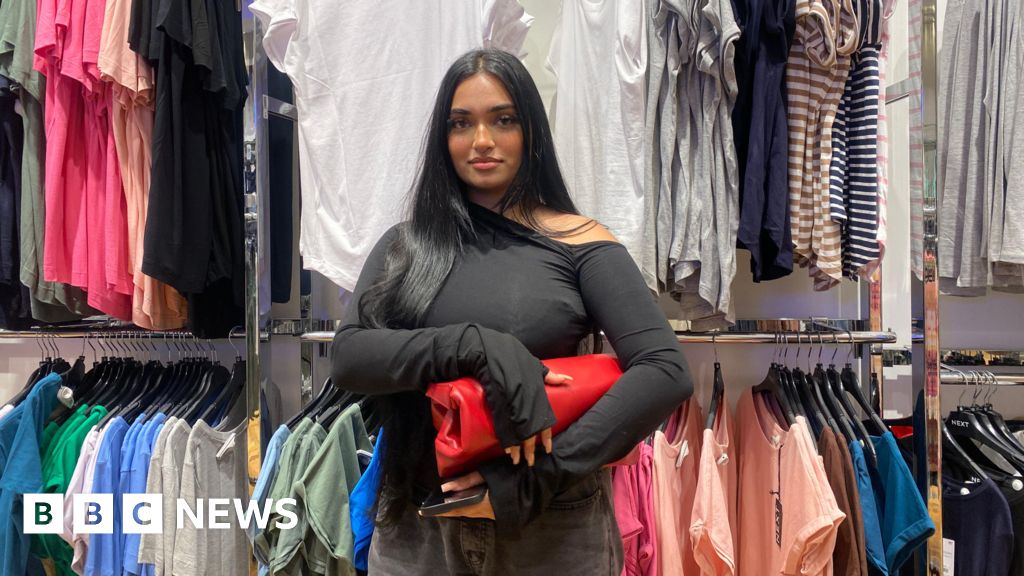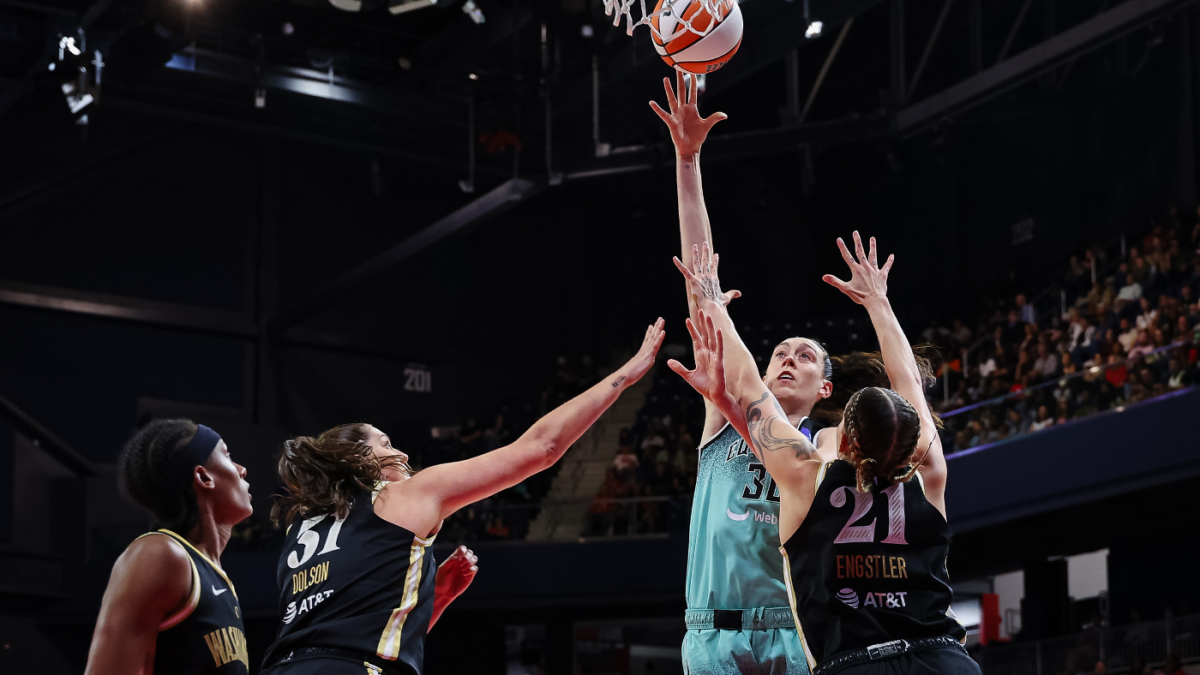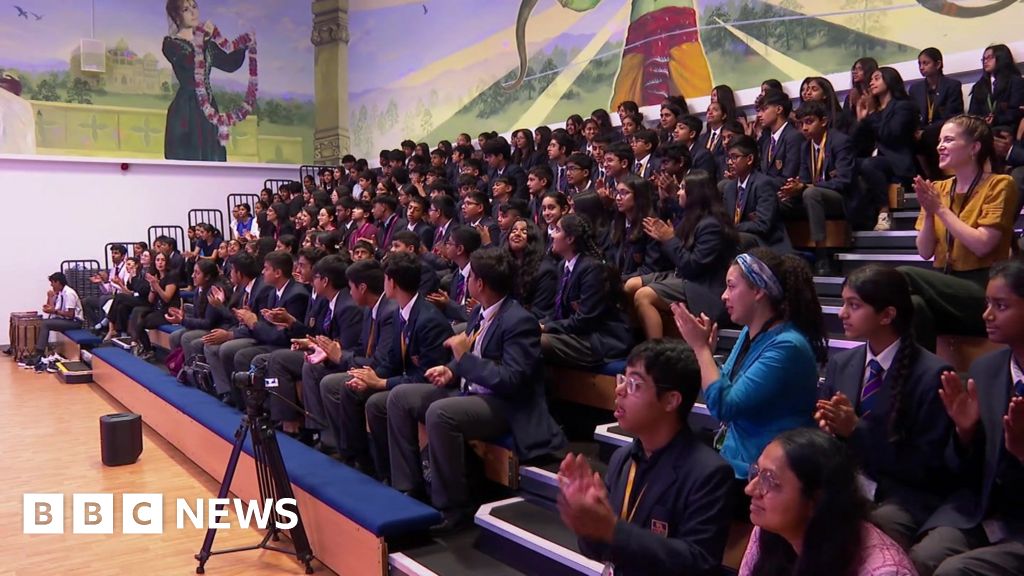Sports
How The NWSLPA And NWSL Have Reshaped American Sports

WASHINGTON, DC – OCTOBER 15: Tori Huster #23 of the Washington Spirit watches the field before a … [+]
It is almost inconceivable that it was less than six years ago that the National Women’s Soccer League first recognized the Players’ Association as the exclusive bargaining entity of the players, and only two years ago that the league and its players had a collective bargaining agreement at all. On Thursday, several NWSL leadership changes and a world away from the women’s sports landscape later, the two sides announced a new collective bargaining agreement to run beyond its current one, through 2030.
Contained with in it is more than just a collective set of victories for the players reflecting the economic growth the NWSL is experiencing in the era of NWSL commissioner Jessica Berman. It is nothing less than revolutionary, a rethinking of the power dynamic within the relationships between leagues and teams, and a codifying of the idea that women’s sports leagues don’t need to simply follow the model of the established men’s leagues in the United States.
“This CBA is a transformational shift in American sports — not just women’s sports,” NWSLPA Executive Director Meghann Burke told me by email this afternoon. “Throughout this negotiation, we were well aware that we stand on the shoulders of generations of advocacy for athletes to have the same autonomy and free agency rights that most American workers have as a matter of right. The same ideas that liberate NWSL Players to attain their potential apply to other leagues, sports, and men, too. Those leagues will now have the benefit of seeing our proof of concept: unleashing our athletes’ potential in turn unleashes the league’s potential.
The landmark agreement, which comes on the heels of an already-existing CBA that runs through 2026 and will take the two sides out beyond the current media rights deal the NWSL has — all the way to 2030 — contains within it no shortage of new financial rewards for those who play in the league. The league’s salary cap, which stood at $682,500 in 2021, will grow to $3.3 million in 2025, and $5.1 million by 2030. (There is a salary floor, too.)
But a collective recognition of the current moment both sides of this negotiation are in come with both the approach and urgency of the deal, which doesn’t begin until 2027.
As Tom Kludt at Vanity Fair reported, it was the NWSL who approached the PA about negotiating an extension to the current deal, not the other way around. The league and PA alike saw the U.S. loss in the 2023 World Cup Round of 16 as a potentially pivotal moment, one in which the U.S. could be losing its competitive advantage. But that wouldn’t be determinative outside of a context in which dominance in women’s soccer corresponded so clearly to a financial windfall associated with being the best domestic league in the world.
Perhaps most tellingly, this deal, by running well past the four-year, $240 million media rights deal NWSL signed in November 2023. This is nothing less than the league spending money it doesn’t yet have in hand, and lots of it. Berman didn’t do this to create debt for her league. She did it to latch onto a moving train and make sure that by the time 2027 rolls around, the NWSL is still employing the overwhelming majority of the 26 league players who participated in the Olympic final between the U.S. and Brazil.
Money alone, however, cannot ensure that. And the way the league’s new rules of the road treat player acquisition are positively European. An end to the draft, something taken as a given in U.S. leagues but treated as something akin to indentured servitude by many players here and around the world, helps put NWSL teams on equal footing with their overseas rivals to keep and develop the best young talent here and abroad. Free agency, too, ensures that players can pick their spots with strategy, geography and happiness in mind. And guaranteed contracts plus player approval for any trade mean players won’t be left in the incredible position of either not knowing where they’ll be working on any given day, nor whether they’ll be paid for the privilege once they arrive somewhere.
It’s already drawn notice of people like Satou Sabally, a vice president with the WNBPA, which is expected to opt out of its current CBA at the conclusion of the 2024 season, which would end their current agreement following the 2025 season.
“I think it’s great for athletes to feel like humans and not part of a business where you can just get traded wherever,” Sabally told me prior to her game Thursday night for the Dallas Wings against the New York Liberty. “I think having some power within the athletes and having some type of human decency in the jobs. Having lives and having kids in schools, it goes beyond just which jersey you wear or which city you play in. So that is obviously important for athletes.”
Simply put: the framework in place is more than just a reflection of the values Berman lived prior to her time as NWSL commissioner and has implemented during her tenure atop the NWSL. They are a two-track pathway to maintaining worldwide dominance by ensuring a complete buy-in of her players, something only possible thanks to the organizing and forward thinking of Burke and NWSLPA President Tori Huster.
Burke put it simply to Vanity Fair: “These are tectonic shifts in the American sports landscape.”
And the aftershocks are just beginning.










